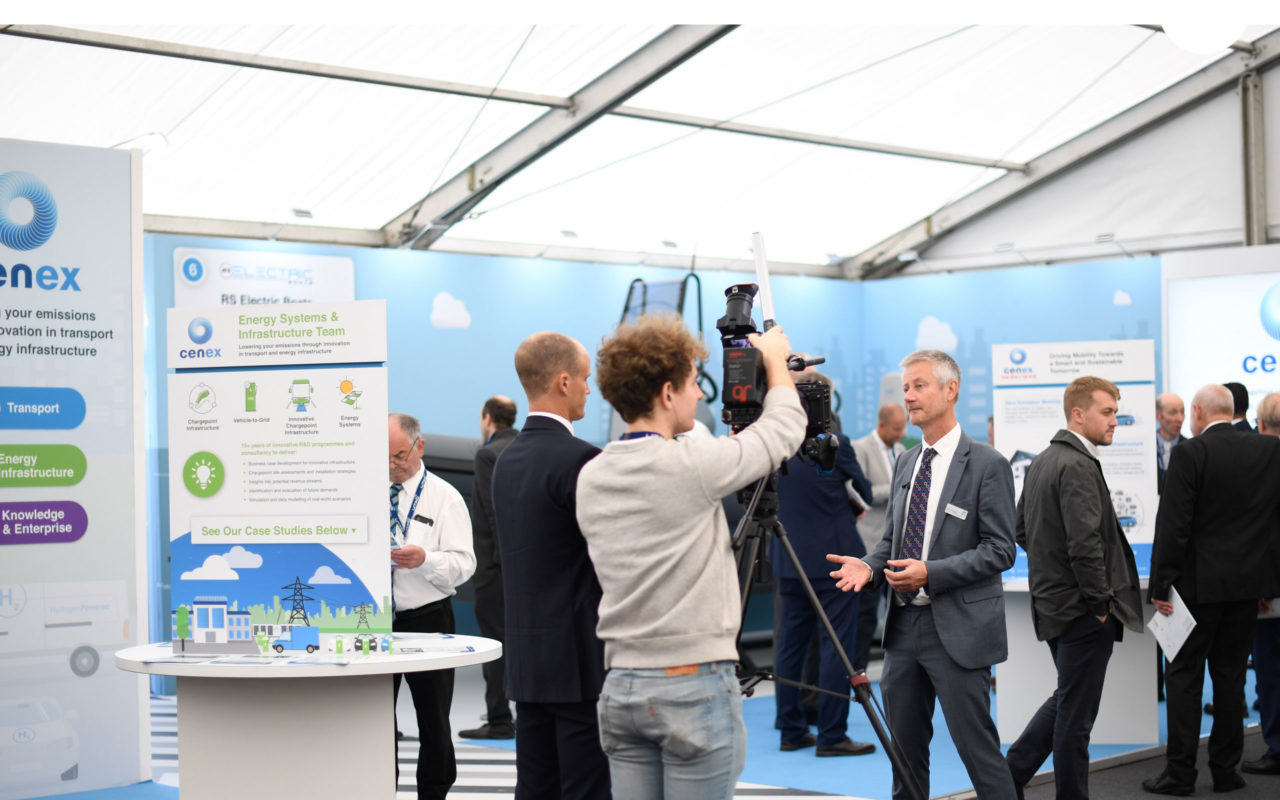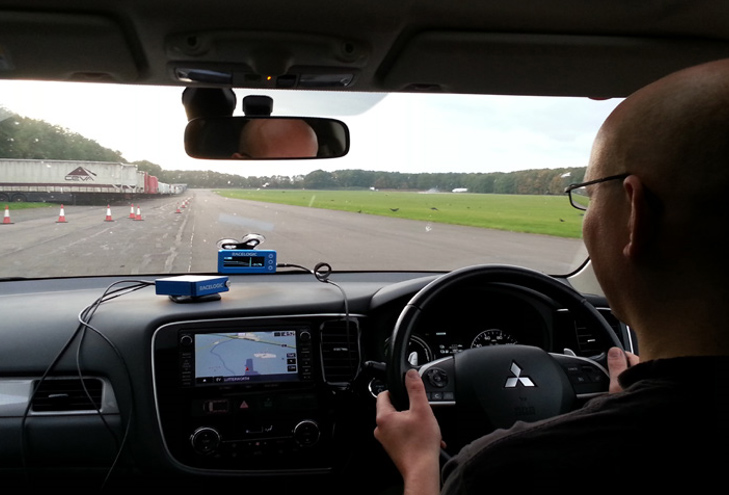
- Category:
- News
Gauging fleet investments with real-world data capture
FOR air-quality management purposes, the end goal will always be for battery-electric vehicles to deliver zero tailpipe emissions. However, with electric vehicles very new to the market, Euro standards provide the proxy measure for reductions in pollutant emissions from diesels, with a downward trend expected with each older vehicle being replaced. That latter assumption has now been strongly challenged, as data has demonstrated that the laboratory compliance required for Euro standards doesn’t carry over into the real world. Furthermore, variability between different cars and vans can be marked. This adds a level of complexity to decision-making for fleet renewal at a time when clean-air zones are being proposed for a number of the UK’s main cities.
As with London’s Low Emission Zone, the introduction of other clean-air zones means fleet managers with operations in those cities need to consider the realworld operations for all fleet vehicles, not just those that currently have telemetry fitted. This is where low-cost data collection and emissions estimation solutions become a business priority.
Cenex has been developing a new approach, called CLEAR Capture, which enables fleet operators and local authorities to measure driver behaviour, route choices, local traffic patterns, and performance for categories of vehicle that don’t have telemetry already fitted, and compare it against industry standards. This will ultimately produce more accurate total cost of ownership and emissions modelling.
As a simple and unobtrusive method to track current vehicle fleets, the CLEAR Capture system can be installed in either the cigarette lighter or the OBD port, both of which are easy to access. The fleet doesn’t need external technology support to install the no-hassle, plug-and-go tracker.
Typically, organisations don’t collect journey-specific data, instead focusing on annual or quarterly reporting, which means vehicles are not segmented appropriately. However, if the vehicle fleet is first divided into specific classifications based on journey type and driving style, the data will become more actionable and provide insight to make better purchasing decisions that meet the company’s unique operational needs. Segmenting vehicles by those that make regular stops, urban delivery versus long haul, and load type will allow fleet managers to specifically analyse the full range of their procurement needs rather than a general overview of the entire fleet.
Fleet managers should also identify reasonable ranges of comparable low carbon or low emissions vehicles upon which they can benchmark their fleets’ performance. In the CLEAR Capture model, car fleets are compared against an electric vehicle (EV), plug-in hybrid electric vehicle (PHEV) and rangeextended electric vehicle (REEV). Vans are only compared against an electric model due to technology maturity and market availability, but extra analysis of gas and biofuels can be added. Heavy-goods vehicle (HGV) fleets are more complex, but Cenex is working to develop a version of the CLEAR Capture analysis for vehicles above 2.2 tonnes.
The benchmarks need to be based on other real-world market data. Using aggregated data on duty cycles allows the energy consumption (and range) of an electric vehicle to be more accurately forecast. Relying on manufacturers’ data can produce wildly optimistic estimates
of total cost of ownership (TCO), because they tend to significantly underestimate energy consumption compared to realworld driving patterns.
Finally, the reporting structure needs to be simplified. Too often we see driver behaviour and vehicle usage reports that are full of good information, but so complicated that they become too arduous to digest. The Cenex team will provide fleet owners with tailored walk-throughs of their reports, offering the service and technical knowledge to support implementation. A clear, action-oriented report should start with procurement objectives and end with a road-mapping exercise that identifies the vehicles and technologies that work for the fleet. This will give fleet managers an unbiased look at the best low emissions technology to meet their fleets’ specific needs.
Whether operators are considering the business’s sustainability, compliance, or brand reputation, the opportunity to invest in green fleet technology is here. Armed with the data that shows how a fleet operates today, fleet owners will be able to confidently invest in the technologies of tomorrow that will deliver cost efficiency and emissions reduction without the burden of trial and error.
Please click here to download Utility-Fleet
